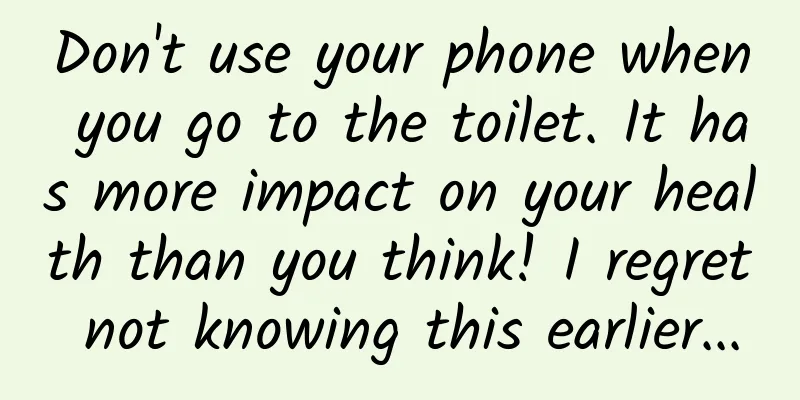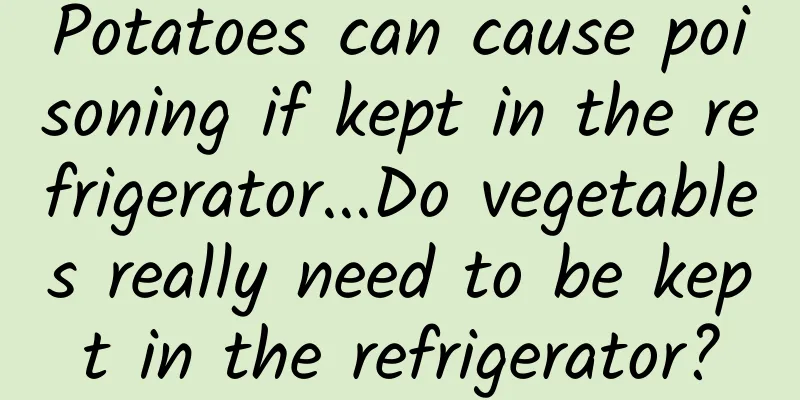Do you blow on a paper airplane before it takes off?
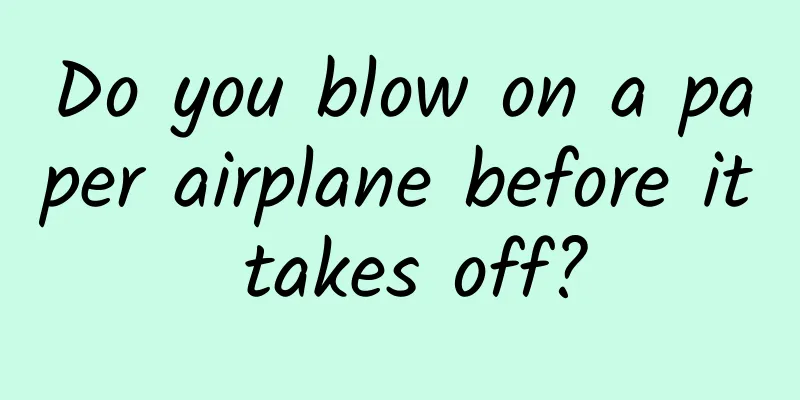
|
Paper airplanes are toys we often played with when we were young. Just tear a piece of paper, fold it left and right, and you can make a small airplane in one minute. Then stand in a row with your classmates and friends and release the plane at the same time. Whoever's plane flies the farthest wins. Before taking off, we would blow a breath on the head of the plane, as if how far our plane could fly depended on how hard we breathed. But when I was a kid, I didn't know why I did this, I just saw others doing it. So word of mouth spread, and blowing on paper airplanes became a customary practice, a necessary operation before launching an airplane. Now that I have grown up, when I am suddenly asked why I did this, I still don’t know, and I just respond that this is the right thing to do. Thanks to our herd behavior , this action has been inherited and spread. Some children learned it by seeing other children exhaling; some said that their parents taught them, or they learned it from the elders at home. Most parents don't know why. Maybe he thinks that breathing out air is like cheering up his own plane. In fact, you may not know that someone has actually done research on this issue. Professor Yuan Hongkuan from the School of Physics Science and Technology of Southwest University analyzed the reasons for breathing from an aerodynamic perspective. We fold the nose of the paper airplane into such a sharp shape to reduce air resistance , but this will make the fuselage of the airplane heavier than the nose. The weight of the entire airplane will be unbalanced during flight, making it easy to flip backwards and not fly far. When you breathe out, the water vapor will adhere to the nose of the plane. When the nose is wet, it will be a little heavier. Just this little bit of weight may move the center of gravity of the paper airplane forward a little. This way, it can better maintain balance, and the plane can fly farther and longer. This conclusion was also recognized by the national paper airplane champion. The experiment shows that breathing increases the weight of the airplane by 0.067%. Don’t underestimate this little bit of mass. It increases the flying distance of the paper airplane by 10.32%. Isn’t it amazing? Generally speaking, breathing can increase the flight distance of an aircraft by an average of 10% to 15% . However, this action is not a panacea, because it has no significant effect on the altitude and stability of the aircraft. So the first person who blew on a paper airplane was really smart! But it's not true... Blowing on a paper airplane is a beautiful misunderstanding. Most historians agree that paper airplanes originated in China. This is because paper was invented in China, and people used paper to fly kites in ancient times. They have been talking about paper zithers and paper kites for two thousand years, and I wonder if they occasionally refer to paper airplanes. After all, there were no airplanes at that time, and the only way to name something that could fly was to use birds. Of course, the real "real" paper airplane only appeared after the invention of the airplane. The earliest paper airplane that can be traced back to about 1908-1909. But the one that is really well documented is the one that Jack Northrop folded in 1930 to study the principles of airplane flight. (Jack Northrop used paper airplane models to test the aerodynamic performance of larger aircraft for Lockheed.) The practice of breathing on airplanes began in the 1980s. At that time, children already knew about machinery, but they had few opportunities to operate it. The most common machine they came into contact with was the only tractor in the village. Tractors often fail to ignite in winter and need to be heated and covered before they can start. At that time, children associated the paper airplanes in their hands with tractors, thinking that paper airplanes were also machines, and were afraid that they would not ignite, so they used their own methods to heat the airplanes. So this simple and magical action was passed down from generation to generation. It became a necessary operation for playing with paper airplanes. The point is that this action, which would be like losing its soul without it, is actually useful! |
>>: He taught Qian Sanqiang, Peng Huanwu, Wang Ganchang... In memory of the great master!
Recommend
How to cook American ginseng
If we want to make our body healthier, we must pa...
Will eating too much sugar make you age faster? 3 tips to avoid the harm of "high sugar"!
Most people cannot resist high-sugar foods, espec...
Don't buy these 3 kinds of toothpaste, or they may cause cancer
Expert of this article: Huang Lu, Director of Hel...
The efficacy and function of detoxification grass
There are so many medicinal herbs in the world, a...
The efficacy and function of yellow ear grass
Traditional Chinese medicine culture is profound ...
Australian seaweed: A tiny "grass" becomes a large organism
If you ask which animal in nature is the largest,...
The efficacy and function of Ligusticum chuanxiong
Mao Li Ren is one of the common traditional Chine...
How to make the Chinese herbal medicine Fangji Huangqi weight loss soup?
There are many ways to lose weight. Some friends ...
Can Siwu Decoction be taken for a long time?
Siwutang is a Han Chinese medicinal food. It has ...
The new drug was terminated early because the effect was too obvious.
Anticoagulation is required to treat atrial fibri...
What is the hottest healthy food in 2021? You must be eating it every day!
In January this year, Dingxiang Doctor issued a q...
Don’t waste the golden time after getting up in the morning. Get rid of these 4 bad habits and you will be healthier and live longer!
A day's plan begins in the morning. It's ...
Is the smell of mugwort harmful to the body?
Mugwort is a very common plant. It is a tradition...
The efficacy and function of black fish pillow
The essence of traditional Chinese medicine is to...
What are the effects of Astragalus?
What benefits can Astragalus bring to our body? W...

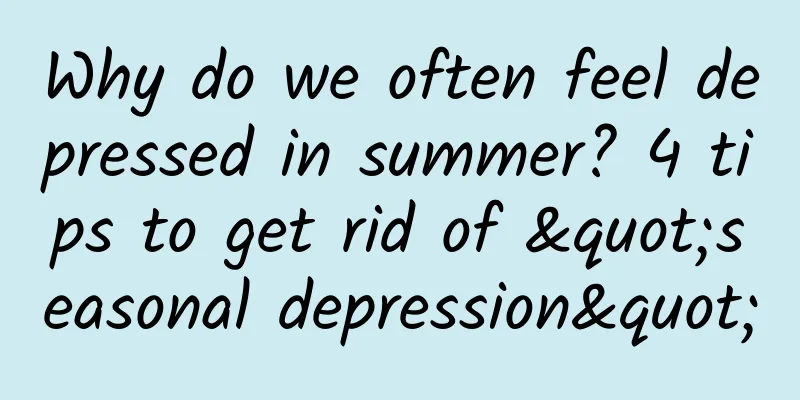
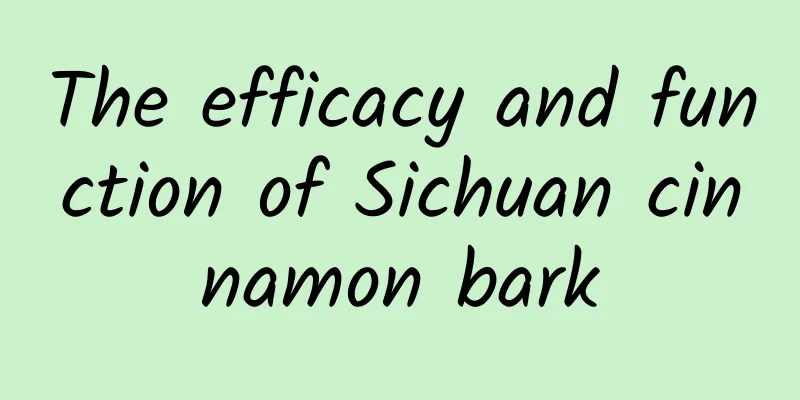
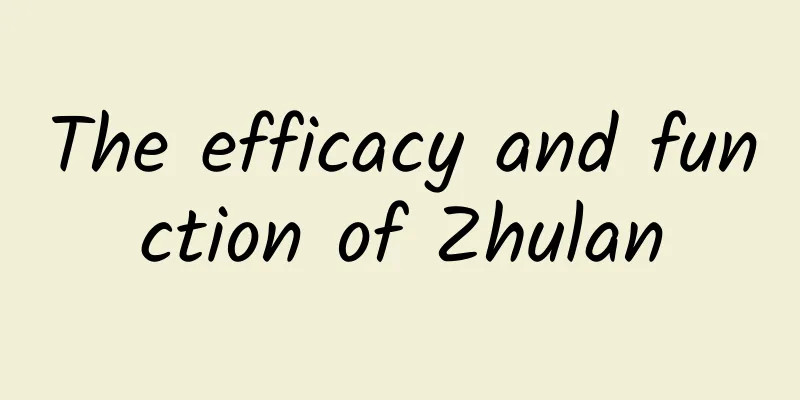
![[Popular Science] Is the Earth the only habitable planet in the universe?](/upload/images/67f0a8edeb45b.webp)
